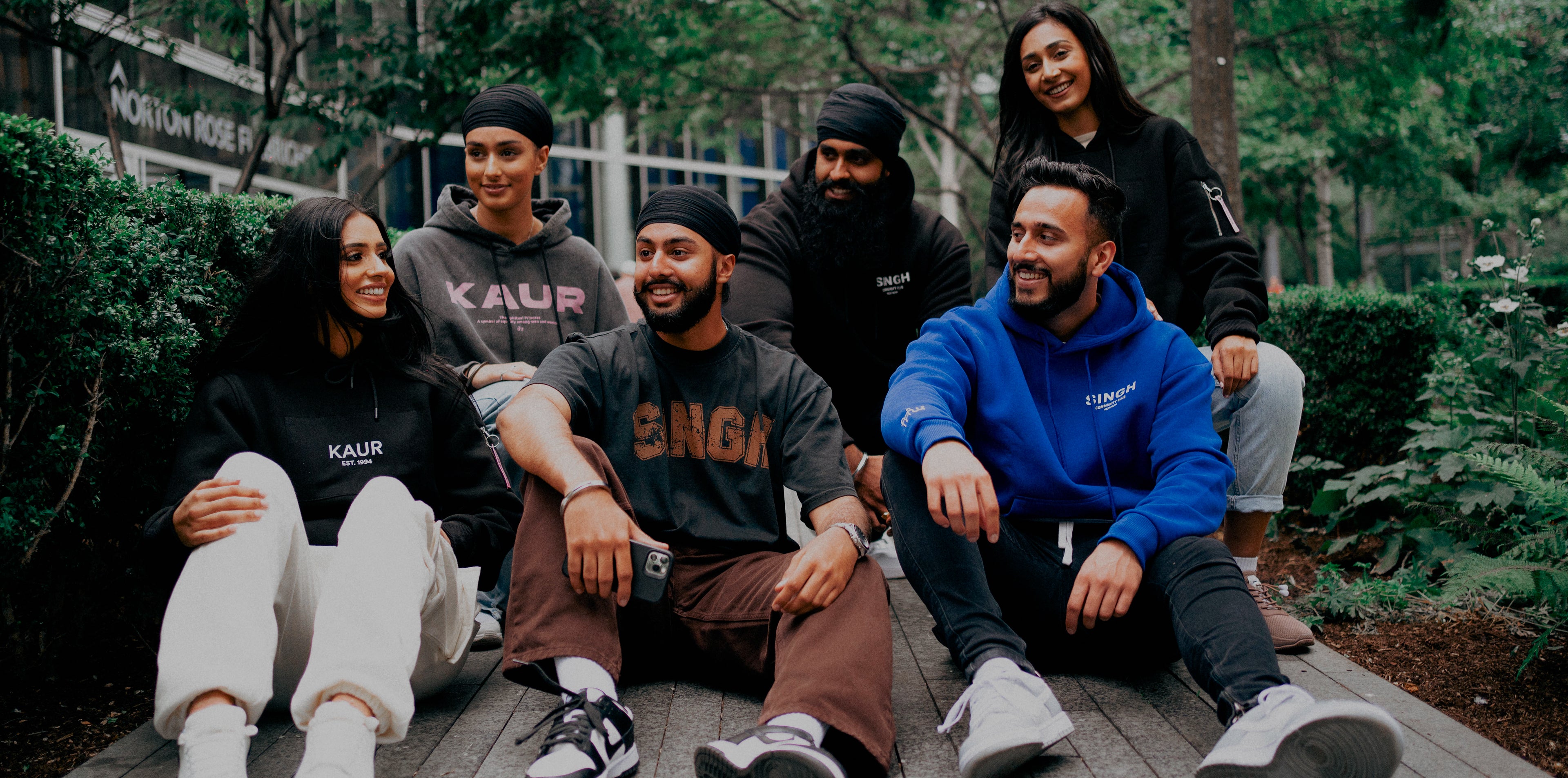How Kaur Clothing Redefines Representation in Fashion
Category: Culture & Identity • Estimated reading time: 7 minutes
Representation in fashion matters. For decades, global fashion has overlooked women from Punjabi and Sikh communities. The rise of Kaur clothing is changing that narrative. Oversized hoodies, sweatshirts, and t-shirts inspired by Kaur identity are putting women of Punjabi heritage on the global fashion map. Here’s how Kaur clothing is redefining representation.
Kaur as Identity
Kaur is more than a surname—it’s a symbol of equality, strength, and resilience. By embedding this identity into clothing, Punjabi streetwear brings visibility to values that go beyond style. A Kaur hoodie isn’t just fabric; it’s a declaration of heritage and empowerment.
Breaking Stereotypes in Fashion
Women in mainstream fashion are often boxed into narrow roles. Kaur streetwear challenges this by offering bold, oversized silhouettes that emphasize confidence over conformity. Instead of focusing on “fitting in,” Kaur clothing celebrates standing out.
Global Representation
Kaur clothing resonates not just in Punjab, but also across the UK, Canada, and the US. Influencers and creators are showcasing these pieces online, giving the Kaur identity global recognition. This visibility helps combat stereotypes by placing Punjabi women front and center in fashion conversations.
Community Pride
For young women growing up in the diaspora, wearing a Kaur hoodie is more than a trend—it’s representation they may not see elsewhere. It tells them that their culture and identity are worth celebrating, not hiding. This pride radiates into wider communities, inspiring confidence and solidarity.
The Next Step
Representation doesn’t stop at visibility. The next stage for Kaur clothing is to continue influencing global fashion conversations. Limited edition drops, collaborations, and storytelling through apparel ensure that the Kaur identity remains a powerful presence in the industry.
Conclusion
Kaur clothing redefines representation by making Punjabi women visible in fashion in ways that are bold, cultural, and modern. It’s not just clothing—it’s a movement that reshapes what representation means on the global stage.
